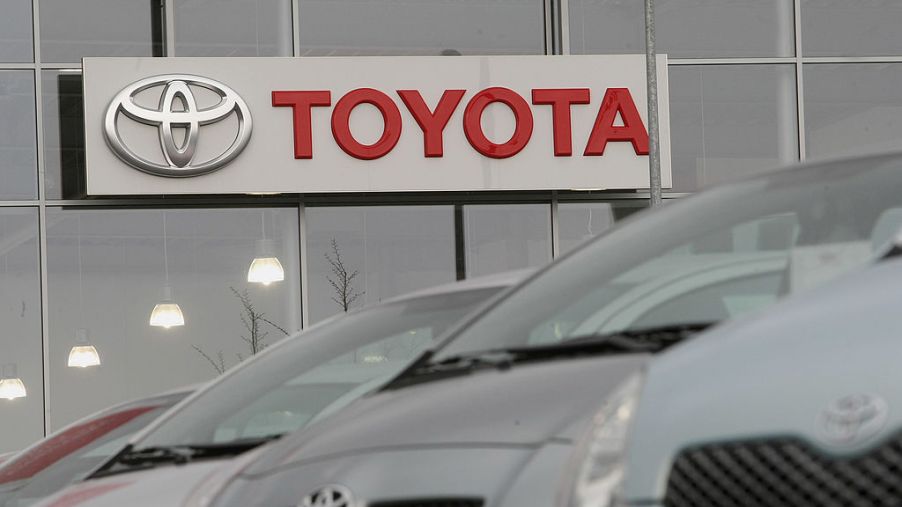
Toyota and Mazda Become the Latest Companies to Team Up
Toyota and Mazda have announced the formation of a $1.6 billion joint venture to share production facilities. It is part of a shared goal to bring more manufacturing to the U.S.
Toyota has been consistently criticized by President Trump for moving production and industry jobs to Mexico. Mazda president Masamichi Kogai states the company is hopeful the partnership will energize the industry as competitors collaborate in shared goals of innovation.
Although Toyota has a long history of U.S. auto production, Mazda has never had its own U.S. factory. With current threats to increase tariffs on vehicle and parts imports, this joint partnership appears to be a winning venture for Mazda. There is an opportunity for both automakers to develop and share new technology, components, suppliers, and costs. According to Car and Driver, vehicles will share some components and supplies but will be developed separately.
Confronting global competition and the rising costs of research and development, joint venture partnerships among automakers may well be the wave of the future. Toyota and Mazda designers and engineers will be able to take advantage of and benefit from each company’s longstanding innovative production history. Plus, share manufacturing expenses for what promises to be the astronomical costs of future development.
Mazda Toyota manufacturing USA
Huntsville, Alabama has been selected as the site for Mazda Toyota Manufacturing USA (MTMUS). In recognition of Huntsville’s history with the U.S. space program, and perhaps with a nod toward successful launches, MTMUS will name its two new production assembly lines Apollo and Discovery.
Mazda Toyota Manufacturing USA expects full production at the Huntsville facility to begin in 2021. It will produce an estimated 300,000 new vehicles annually: 150,000 of a new Toyota SUV model and 150,000 of Mazda’s newly developed crossover model.
Current expectations are that Toyota will produce a version of its 2017 FT-4X, offering a more off-road-styled SUV. Mazda’s as yet unannounced new vehicle may be a midsize crossover in competition with Chevrolet Blazer and Honda Passport.
Toyota and Mazda teaming up adds another notch on Alabama’s belt in attracting automakers. Hyundai, Honda, and Mercedes-Benz are already firmly planted in Alabama. Now, Mazda Toyota Manufacturing USA is expected to create another 4,000 industry-related jobs in the state.
Teaming up for research and development
In the race to keep pace with global competition, several automakers are forming alliances for cost-sharing in research, development, and production of future vehicle technology.
Working toward innovative future development of electric vehicles, Ford and Volkswagen have teamed up to produce the Argo AI. The collaboration will allow each company to incorporate a jointly produced autonomous driving system into its own vehicles.
A joint venture partnership between Jaguar, Land Rover, and BMW will enable engineers to partner together to develop next-generation electric drive units (EDUs). This has an aim to lower production costs and bring state-of-the-art technologies more rapidly to market.
General Motors and Honda have reached an agreement to collaborate on the development of electric vehicle battery components. The automakers are also currently teamed up on research and development of hydrogen fuel cells.
Reaching out as rivals, luxury auto manufacturers Daimler and BMW have partnered to share the costs of jointly developing and producing next-generation self-driving vehicles. According to BMW’s Klaus Frohlich, combining the expertise of both companies will boost innovative strength and speed up the spread of this technology.
Understanding the need to share data, industry rivals Ford, GM, and Toyota have joined together to develop safety standards and provide sensor monitoring of future autonomous vehicles.
Considering the level of global competition in today’s auto industry, it probably won’t be a surprise to see more collaboration among rivals in the future.


